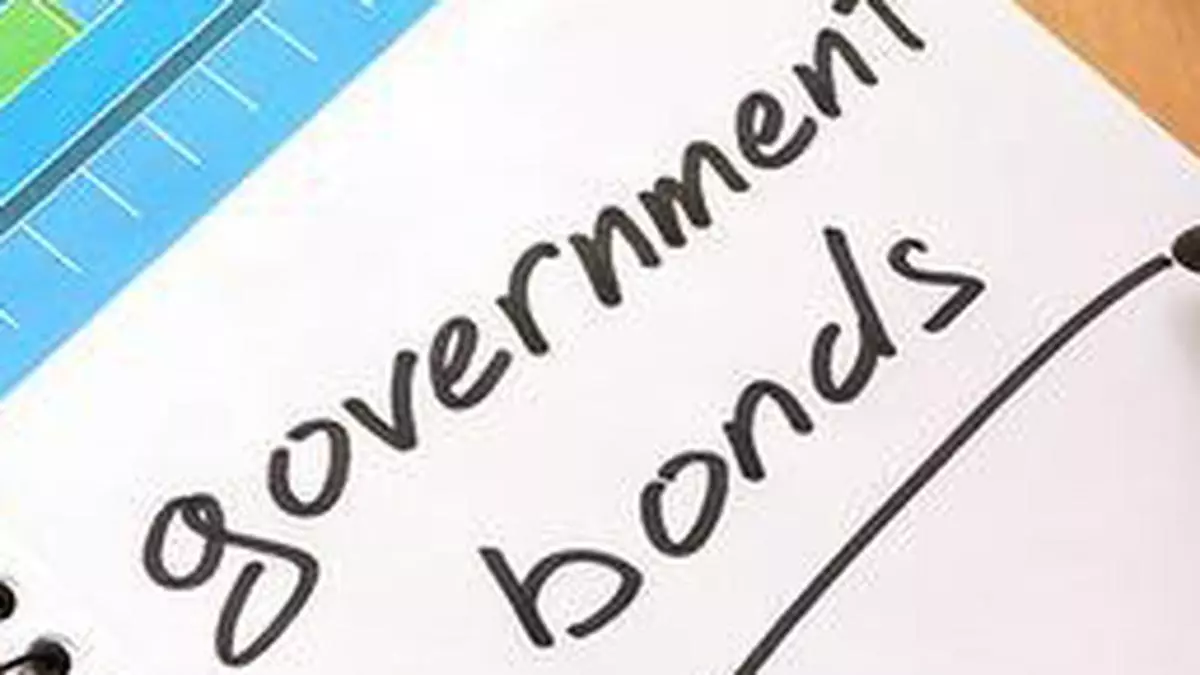Fall in G-Secs yields: Banks may have reaped decent treasury gains in Q2FY25
Banks likely booked decent treasury gains in the second quarter (Q2) of FY25 as Government Securities’ (G-Secs) yields softened substantially and their prices rose correspondingly. Yield of the benchmark 10-year G-Sec (coupon rate: 7.10 per cent) dipped 25 basis points during the quarter up to September 27 (Friday) to close at 6.76 per cent vis-a-vis June-end yield of 7.01 per cent.
Correspondingly, price of this paper jumped ₹1.72 during the aforementioned period from ₹100.63 as at June-end 2024 to ₹102.35 as at September 27, 2024. Treasury gain/loss made on September 30 (the last day of trading in the second quarter) will be reflected in the third quarter. Bond yields and prices are inversely co-related and move in opposite directions.
In fact, last Friday, yield of the 10-year G-Sec rose 4 basis points to close at 6.76 per cent (vs pervious close of 6.72 per cent) as banks booked profits due to quarter-end considerations.
Karthik Srinivasan, Senior Vice-President and Group Head-Financial Sector Ratings, ICRA, said, “G-Sec yields have come off in the last one week to 10 days. So, I won’t be surprised if there was quiet a bit of trading activity by banks to book profit for the end of the quarter. The 10-year yield has come down from about 7 per cent (June-end level) to 6.75-6.76 per cent now. So, that is a fair bit of softening in yield. Hence, there will definitely be a good trading profit which will reflect in banks’ financial performance.”
New guidelines
V Rama Chandra Reddy, Head-Treasury, Karur Vysya Bank, observed that despite the fall in yields, treasury gains will not be as high as they used to be in previous quarters (in a similar falling yield scenario) due to the new investment guidelines effective April 1, 2024. These guidelines cap the amount banks can sell from their held-to-maturity (HTM) portfolio without regulatory approval and prohibit the annual shifting of securities from/to HTM, which was previously permitted.
Moreover, valuation gains from the fair valuation of G-Secs in the available-for-sale (AFS) portfolio are routed to the AFS-Reserve, considered part of the common equity tier (CET)-I capital, he added.
As per the new investment portfolio guidelines, in any financial year, the carrying value of investments sold out of HTM should not exceed 5 per cent of the opening carrying value of the HTM portfolio. Any sale beyond this threshold, which earlier required the approval of the Bank’s board, now requires prior RBI approval.
